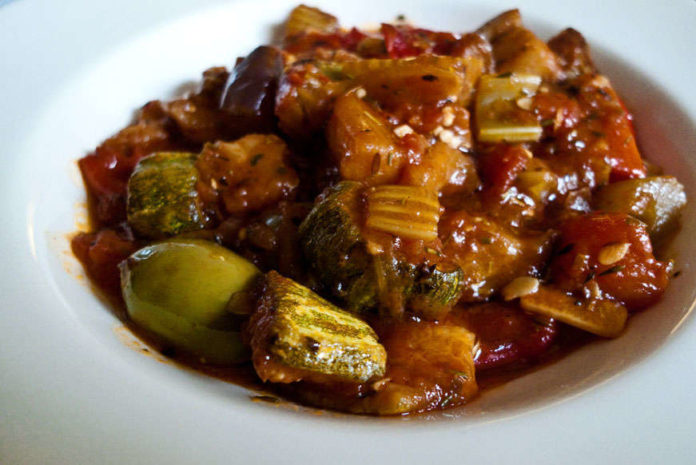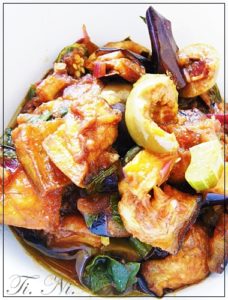 The caponata made of aubergine or eggplants is often passion, discovery, a range of tastes melted with sun and sea, like a breeze that ripens vegetables and flowers, overflowing with a desire of summer, hoping to keep it for the winter that has to come.
The caponata made of aubergine or eggplants is often passion, discovery, a range of tastes melted with sun and sea, like a breeze that ripens vegetables and flowers, overflowing with a desire of summer, hoping to keep it for the winter that has to come.
The recipes followed in the making of this dish – one of the first flavours of the Sicilian land which remains indelibly as part of the historical memory in the palate of whoever tastes it and that can be considered both a hors d’oeuvre and a side dish – are almost always a reworking in which one takes out, adds, mixes and rewrites the history of that unique flavour.
The term “caponata” seems to have uncertain roots in various explanations: one of the most reliable theories explains the choice of the name in its connection with the “Capone”, the Sicilian name for the Dolphinfish. Sweet and sour fried dolphinfish is a Sicilian traditional recipe that recalls the “caponata” in the taste of that sweet and sour sauce with which either fish, fried aubergines/eggplants or more rarely artichokes are served. Being a dish dating back to XVIII century, one can easily imagine how poorer people replaced the fish with the cheaper vegetable laying the basis for the modern, but not yet today’s, “Caponata”.
XVIII century sailors who lived on the shores of stony Trinacria (the ancient name for Sicily) used to hang around in taverns called “Caupone”, from Latin “cauponae”: from here the adjective “caupona”, referred to the food served in those taverns. Another theory on the birth of the name of this dish is therefore connected to the phonetic assimilation of “caupona” with “caponata”.
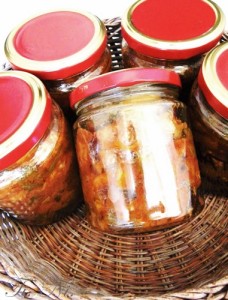 Surely “Caponata” is not an unequivocal name indicating a specific dish in the history of Sicilian or Mediterranean gastronomy, if one has a more open view. In “Cucina teorica-pratica col corrispondente riposto ed alcune nozioni di scalcare” by Ippolito Cavalcanti, published in 1839 in Naples, the recipe of “Caponata” is made of rusks, sponged up in white vinegar and Malaga, seasoned with oil, salt, black pepper and a little sugar. The rusks were covered with both chopped lettuce and prickly lettuce also pickled in white vinegar, oil, salt, black pepper and sugar. The preparation then ended by adding boiled fish, cucumbers, olives and peperoni forming a small pyramid. A dish which has nothing to do with the one we are interested in here, apart from the name.
Surely “Caponata” is not an unequivocal name indicating a specific dish in the history of Sicilian or Mediterranean gastronomy, if one has a more open view. In “Cucina teorica-pratica col corrispondente riposto ed alcune nozioni di scalcare” by Ippolito Cavalcanti, published in 1839 in Naples, the recipe of “Caponata” is made of rusks, sponged up in white vinegar and Malaga, seasoned with oil, salt, black pepper and a little sugar. The rusks were covered with both chopped lettuce and prickly lettuce also pickled in white vinegar, oil, salt, black pepper and sugar. The preparation then ended by adding boiled fish, cucumbers, olives and peperoni forming a small pyramid. A dish which has nothing to do with the one we are interested in here, apart from the name.
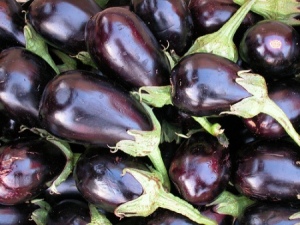 For sure the new vegetable became the undisputed protagonist in the history of the preparation of “Caponata“ only in XVII century: in fact the aubergine, “melanzana” in Italian – “mela non sana (o insana)” [“mela” = apple; “non sana (o insana)” = unhealthy] so called because it was believed similar to an apple which could be eaten only after being cooked due to a toxin it contained that can damage the central nervous system if absorbed in very high quantities – was brought in the West in 1440 by the Arabs, who imported it from India, and only later – thanks to the Carmelite friars – in Europe. It first arrived in Spain and then in Italy, and in 1550 there is already written evidence of its use in our country and in the kitchens of ancestors buried in the wind. The aubergine is referred to in the “Trattato della coltura degli orti e giardini” written by Italian naturalist Soderini, while it is known that in XVI century celery had mere decorative purposes and before, in the middle-ages for instance, it was believed to be an aphrodisiac and its decoctions were employed in medicine.
For sure the new vegetable became the undisputed protagonist in the history of the preparation of “Caponata“ only in XVII century: in fact the aubergine, “melanzana” in Italian – “mela non sana (o insana)” [“mela” = apple; “non sana (o insana)” = unhealthy] so called because it was believed similar to an apple which could be eaten only after being cooked due to a toxin it contained that can damage the central nervous system if absorbed in very high quantities – was brought in the West in 1440 by the Arabs, who imported it from India, and only later – thanks to the Carmelite friars – in Europe. It first arrived in Spain and then in Italy, and in 1550 there is already written evidence of its use in our country and in the kitchens of ancestors buried in the wind. The aubergine is referred to in the “Trattato della coltura degli orti e giardini” written by Italian naturalist Soderini, while it is known that in XVI century celery had mere decorative purposes and before, in the middle-ages for instance, it was believed to be an aphrodisiac and its decoctions were employed in medicine.
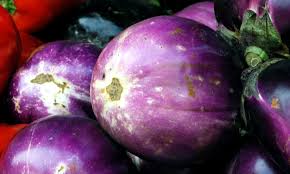 The evolution of caponata into a poor dish, with aubergines instead of fish, will therefore happen the introduction of this vegetable in the Sicilian land, which now is called the pearl of the Mediterranean and meeting centre of tides and cultures.
The evolution of caponata into a poor dish, with aubergines instead of fish, will therefore happen the introduction of this vegetable in the Sicilian land, which now is called the pearl of the Mediterranean and meeting centre of tides and cultures.
Let’s now take another step back looking for the history of the introduction of tomato in our recipe: on March 30, 1282 Sicilian people begin the “Vespri” freeing themselves from the troublesome French domination and their feudal system, this gave start to a series of events and the introduction of food and dishes in the gastronomic knowledge of the islanders. As soon as the French and their Gallicism left, came the Spanish and new moods. Our “falsomagro” (meat roll) became very appreciated and lower classes turned again towards trying to find ways to save money and to the taste of vegetables. In the beginning of XVIII century the Spanish domination continued to leave tastes and practices – among which most probably that of “panatura” (frying or baking with breadcrumbs) of food and meat – and opens the way to the imports from America which included tomatoes. 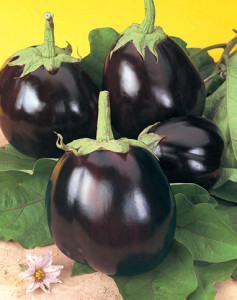 The capers from Pantelleria were already renowned in the ancient times, and were also believed to be good aphrodisiacs; they are mentioned in the writings by Dioscoride and Plinio, and are described in “Singolar Dottrina”, a 1600 culinary treaty written by Domenico Romoli also known as Panunto.
The capers from Pantelleria were already renowned in the ancient times, and were also believed to be good aphrodisiacs; they are mentioned in the writings by Dioscoride and Plinio, and are described in “Singolar Dottrina”, a 1600 culinary treaty written by Domenico Romoli also known as Panunto.
In the beginning of XVIII century the shopping list is complete, and at least the main ingredients are all present to make us believe how today’s caponata was born, served as a main course simply accompanied by some bread. Isn’t it true that there’s nothing better to whet our appetite?
The existing different versions are acrobatic transformations of the original recipe:
Today the caponata is “rich”, with fish (dolphinfish, swordfish) or “poor”, with vegetables (aubergines, artichokes) and in any case it is classically sweet and sour for its sauce, the presence of vinegar, sugar, capers, olives and celery, and in some cases also raisins and pine-seeds. What can still vary is the “hat”: the preparation can end with minced toasted almonds or with the less canonical unsweetened cocoa powder, or with nothing more enriching its already rich history of taste and tradition.
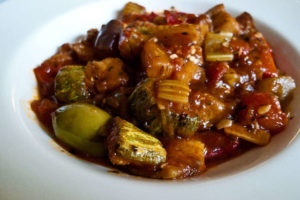 The recipe :
The recipe :
Ingredients:
2 kg of black Aubergines/eggplants
½ Celery
200 gr. of stoned white Olives
50 gr. of desalted Capers
1 red Onion
½ glass of balsamic Vinegar
1 spoonful of Sugar
Salt and new-ground black pepper, as desired
New Oil, as desired
1 Lt. frying Oil (if you use the fryer, as I do)
1 Lt. of Tomato sauce, better if fresh made
Procedure:
Wash the aubergines, cut off the top part and peel away part of the skin: it is also ok to peel just the centre strip and keep the rest. Dice all the available aubergines in cubes of the size of 1-2 cm each size and make them rest in pickle: a bowl filled with water and coarse salt will do, where to dip the aubergine cubes for at least half an hour; this operation allows to fry this vegetable without resulting soaked in oil.
Warm the frying oil in a pan. Drain the pieces of aubergines from the pickle and fry them. The aubergines have to be put aside in a bowl covered with blotting paper. You can do this while preparing the fresh ripe tomato sauce; then wash and slice the celery. Both the leaves and the stalk are used: the celery has to be cut in pieces of the desired size, obviously smaller than the cubes of aubergine; then stone and chop up the white olives and desalt the capers. Boil some water in a saucepan and then pour the celery, the olives and the capers and let it boil for about 5 minutes, then turn the fire off and drain well. In a large anti-adhering pan warm 3-4 spoons of new oil to brown the red onion previously cut into little pieces. When the onion withers, pour in the mixture of olives, capers and celery, salt and pepper and let it fry slightly for a couple of minutes. Pour the abundant spoon of sugar in the half glass of vinegar (the vinegar can be both balsamic or of white wine), mix and pour all in the pan with the lightly fried mixture thus obtaining a sweet and sour sauce. Add the tomato sauce and finally the fried aubergines, stir and amalgamate all the ingredients and divide the still boiling caponata (don’t put the fire off until the very last minute), in preserve jars. Caponata is best served cold, even better if enjoyed after letting it rest for some hours.
Tiziana Nicoletti

